Affiliate disclosure: This post may contain affiliate links. Please see our Privacy Policy.
Serama chickens are a unique miniature breed of chicken known for their tiny body size and friendly disposition. As one of the smallest chicken breeds, these tiny chickens are the perfect backyard pet for small spaces.
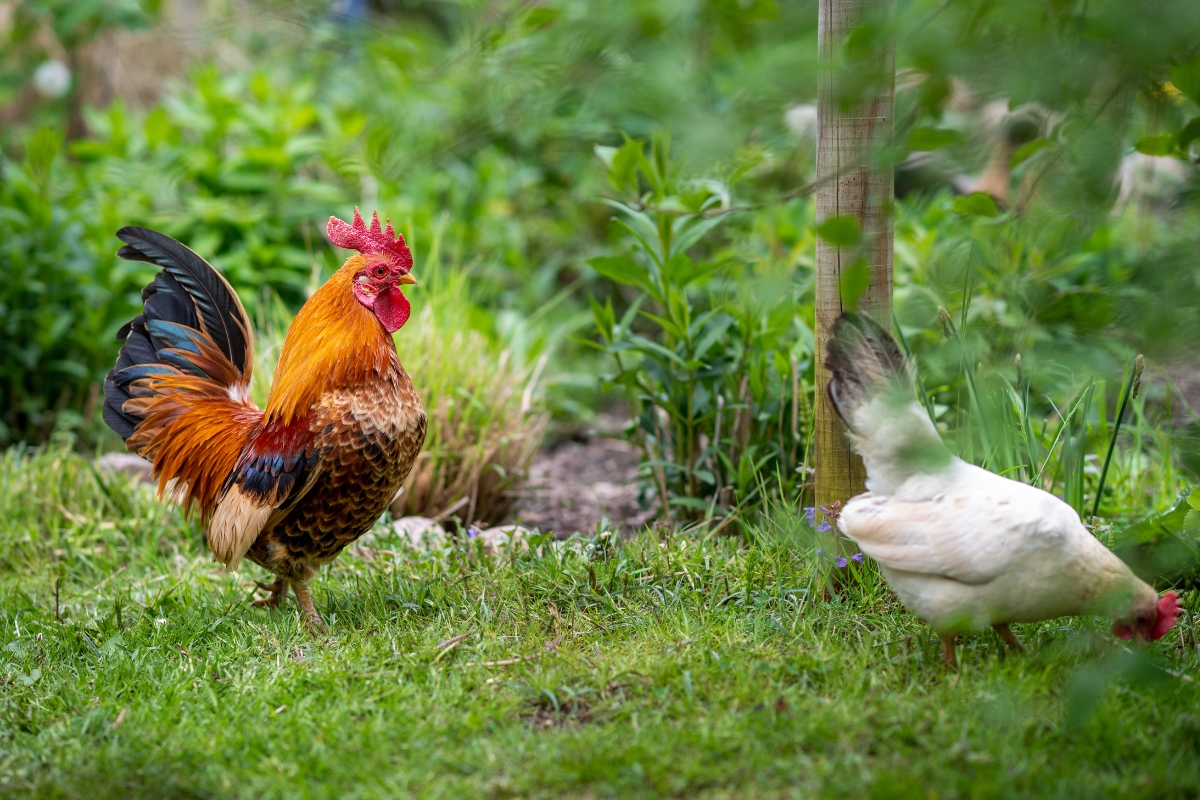
This article is written by Rea Yoh, a freelance writer who grew up in rural Illinois, raising backyard chickens. She graduated with honors in Biology and Science, Technology, and Society from Brown University, and her background in research helps her get to the heart of any question. She has a passion for animals, the environment, and sustainable living.
What are Serama Chickens?
If you own a Serama, you know that good things come in small packages. The Serama is a true bantam breed of chicken, meaning that it only comes in a bantam, or miniature, variety.
Originally from Malaysia, the Serama chicken is the smallest chicken breed. These pint-sized fowl are tiny, but they make up for it in personality, energy, and charm.
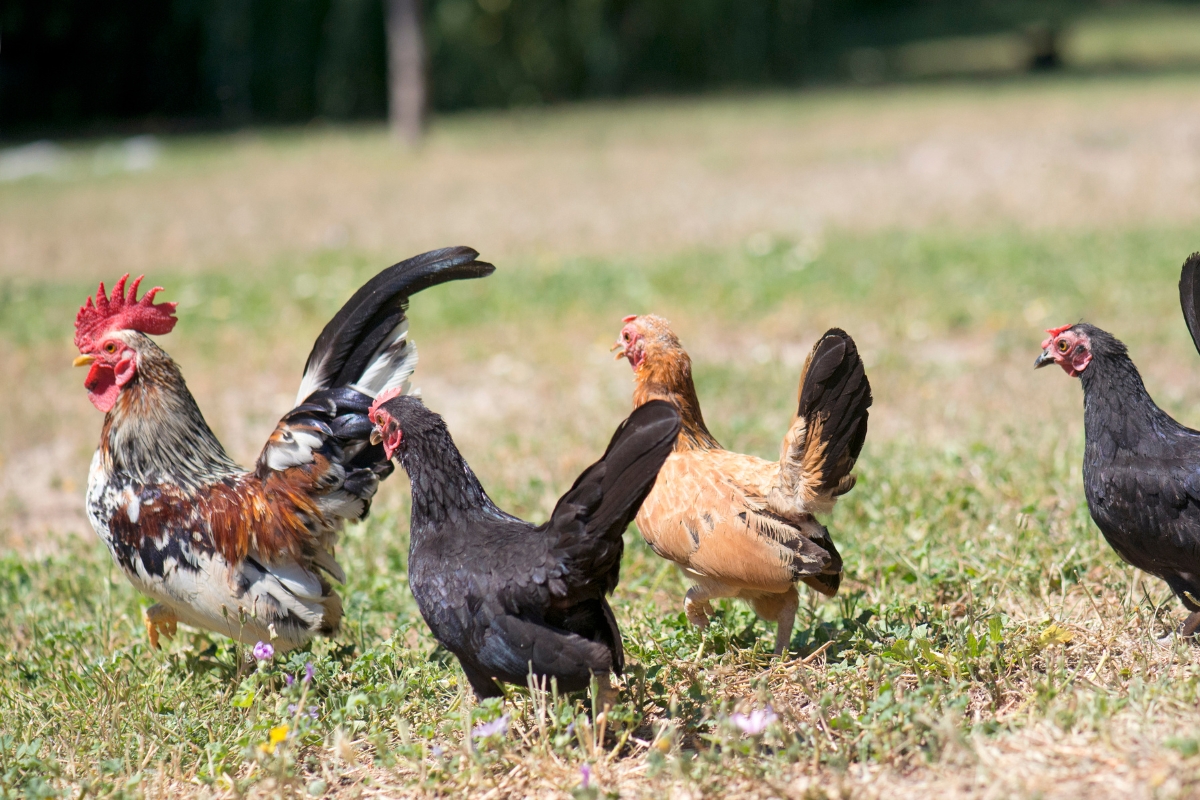
Pros and Cons of Serama Chickens
Serama chickens are incredibly cute, fun backyard pets, but as with any animal, they have their pros and cons.
Pros
- Unique appearance
- Requires less space than most chickens
- Surprisingly good layers
- Very friendly
- Don’t undergo major molts
- Short egg hatching times
- Make good mothers for small broods
- Good foragers
- Consume less feed than other breeds
Cons
- Hatching eggs may be difficult
- Shed feathers year-round
- Eggs are tiny
- Can’t be used for meat
- Not cold hardy
- Can be broody

Serama Chicken Characteristics
The Serama’s history goes back centuries but is a very new breed. The Serama originated in the Malaysian state of Kelantan. The very first Seramas were a combination of Malaysian and Japanese bantams, a product of the adoration that existed for tiny chickens.
The modern Serama was created by Kelantanese poultry breeder Wee Yean Een in the 1970s. By crossing Japanese and Malaysian bantams, he created the Serama, whose name derives from the king of Thailand, Rama. Seramas were showcased for the first time in 1990 and were later imported to the US in 2000, although they ended up being pretty rare–because of the avian flu that ran rampant in Asia at the time, many Seramas were culled.
In 2004, the first all-Serama show was held in Louisiana. A breeder named Mr. Jerry Schexnayder helped establish the breed standard, and the Serama Council of North America promoted the breed enthusiastically. The American Poultry Association and American Bantam Association accepted the Serama in April 2011, with white being the first accepted color.
In Malaysia, the ideal Serama is judged not by written standards, but by its characteristics. It’s compared to a toy soldier or a fearless, pint-sized warrior. Seramas certainly look very confident and almost humanoid. These muscular little birds have a strikingly upright stance, puffed chest, and wings that point vertically downward, giving them a very stoic appearance. Seramas can also come in silkie or frizzle varieties.
While Seramas look stern, these birds are friendly, happy, and outgoing. They’re surprisingly friendly, and they really love their owners. Your Serama will have plenty to talk about with you, as this breed can be quite chatty. Overall, Seramas love attention and make great pets. They’re so much fun to watch and interact with.
- Breed Name: Serama
- Breed Type: Exhibition and eggs
- Temperament: Lively, outgoing
- Size: Micro roosters are up to 13 oz; micro hens up to 8 oz; Class A roosters are under 13 oz; Class A hens under 12 oz; Class B roosters under 16 oz; Class B hens under 15 oz; Class C roosters under 19 oz and hens under 19 oz.
- Eggs Per Year: 180-200
- Eggs per Week: 4
- Egg Size: Tiny
- Egg Color: Brown or white
- Lifespan: 7-10 years
- Time To Maturity: 15-18 weeks
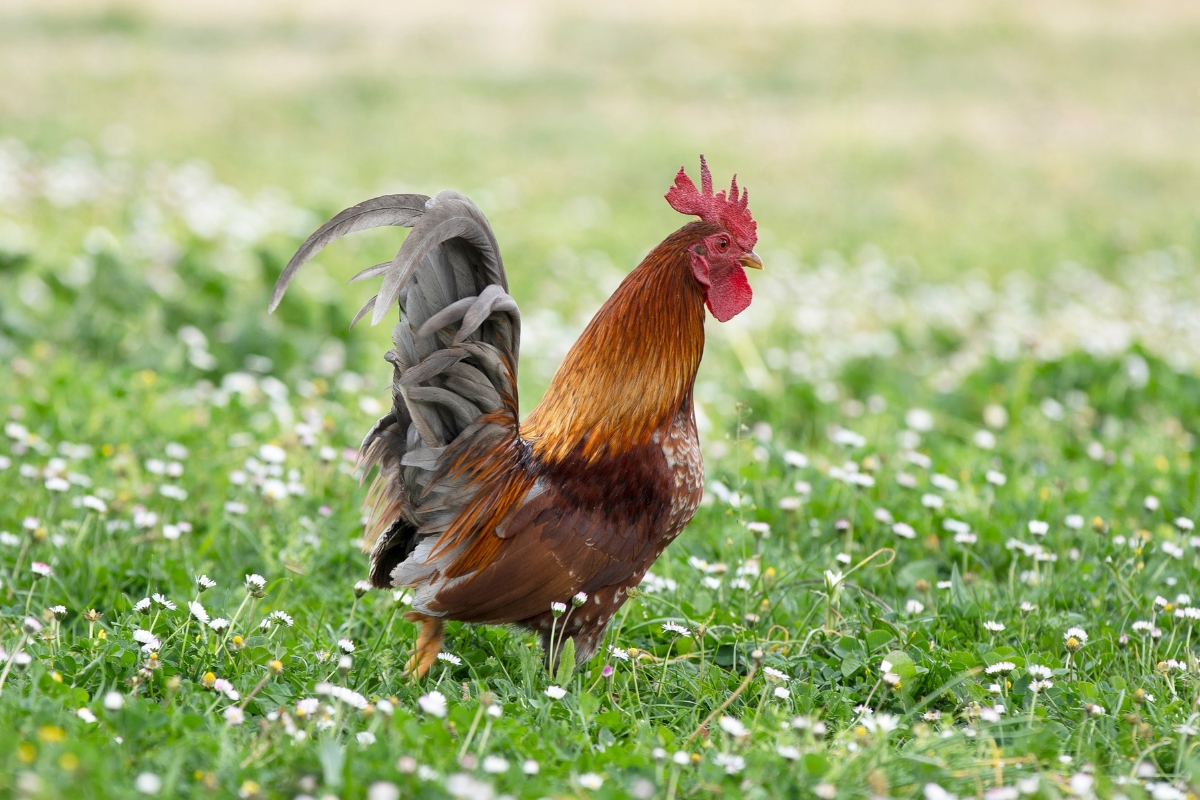
Serama Breed Standard
The Serama is first and foremost a showbird. There are a few different ways that Seramas are judged in the show ring, depending on the chicken’s origin. Malaysian Seramas are more exaggerated than their counterparts and come in several different body shapes, like apple, slim, and dragon. All of them look like a soldier standing at attention.
There are four different classes of size: Micro, A, B, and C. Micro roosters are up to 13 oz and micro hens are up to 8 oz; Class A roosters are under 13 oz and females are under 12 oz; Class B roosters are under 16 oz and hens are under 15 oz; and Class C roosters are under 19 oz and hens are under 19 oz. Any deviations in size will disqualify a bird, especially if it is too big.
Seramas are very clean, geometric chickens. They have very short and broad backs, making their chests very prominent. The body is V-shaped: its head, which is upright, is pretty much parallel to the tail, which is held high. The wings are long in proportion to their body and don’t quite hit the ground.
The Serama has a very lean, muscular body that is covered in flowing feathers, which are either smooth or frizzled. Their legs are short, muscular, and clean.
Seramas have a single, deep red comb. The males’ combs are much longer than the females, but both are serrated, neat, and set firmly on the head. The back part of the comb on the rooster should protrude a bit behind the head. Seramas have large, reddish bay eyes and look very alert. Their beaks are short, stout, and yellow.
There are three colors that are accepted by the American Bantam Association: White, Black, and Exchequer. As of 2021, breeders are pushing for the ABA to accept other colors, including lue, Splash, Cuckoo, Wheaton, Chocolate.

Temperament
With its puffed chest and a stance that screams “no nonsense”, a Serama certainly doesn’t look very approachable. You’ll be delighted to know that Seramas are actually an extremely friendly breed. They’re confident and active, but at the same time are loving and affectionate towards their owners. Seramas can be reliably kept as house pets, and I know a few people who own indoor Seramas as companions. They also don’t undergo huge, routine molts like other chickens, instead losing a small number of feathers each day, making it a bit easier to clean up after them.
These delightful bantams aren’t aggressive and can get along well in a mixed flock. They are assertive and confident, but due to their size, don’t get along with everyone. They tend to do best with other bantam breeds like Sebrights or gentle large breeds like Orpingtons. Aggressive large breeds will bully Seramas and cause unnecessary stress. Serama roosters don’t get along with others, so consider separating your males.
Seramas are an active breed with good energy and are always looking for something to do. It’s so much fun to watch them run around, hunt bugs, and talk to you! These beloved bantams are chatty and will tell you all about their day, but aren’t incredibly loud. Serama roosters do crow, although some people say that their Seramas aren’t nearly as loud as larger roos.
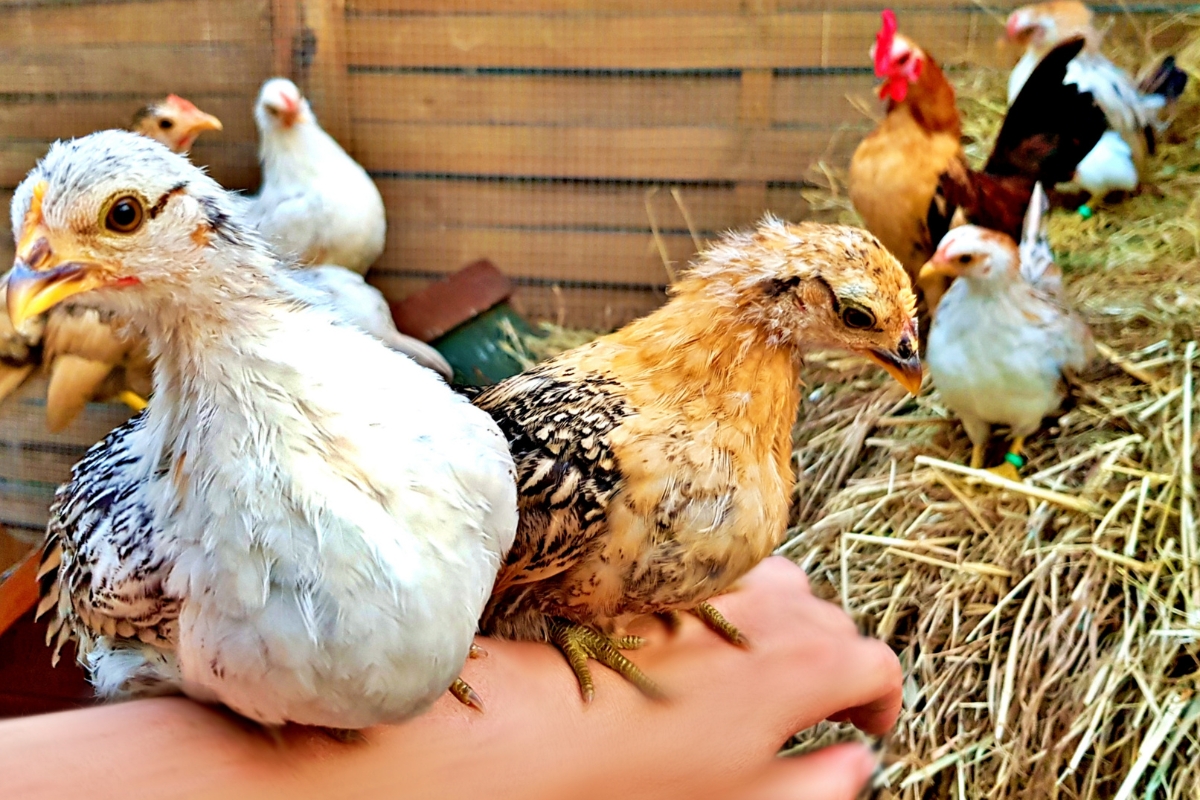
Hardiness
With their origins in the tropics of Malaysia, the little Serama is well-adapted to warm climates. These small birds are heat-tolerant. As with any other animal, Seramas need access to water at all times and places to hide from the sun if it gets too hot.
On the other hand, Seramas don’t fare well in the cold. Some breeders are trying to produce Seramas that are a bit more cold-hardy, but in general, a Serama won’t be very happy in the cold. Providing heating sources to keep them above freezing and an insulated, dry space in the winter will keep your Seramas happy and healthy.
Seramas are very vigilant birds, so keeping them outdoors shouldn’t be an issue if they have shelter. Just be aware that they can easily be carried off by both terrestrial and aerial predators.
Hawks make easy work of Seramas, as do possums.
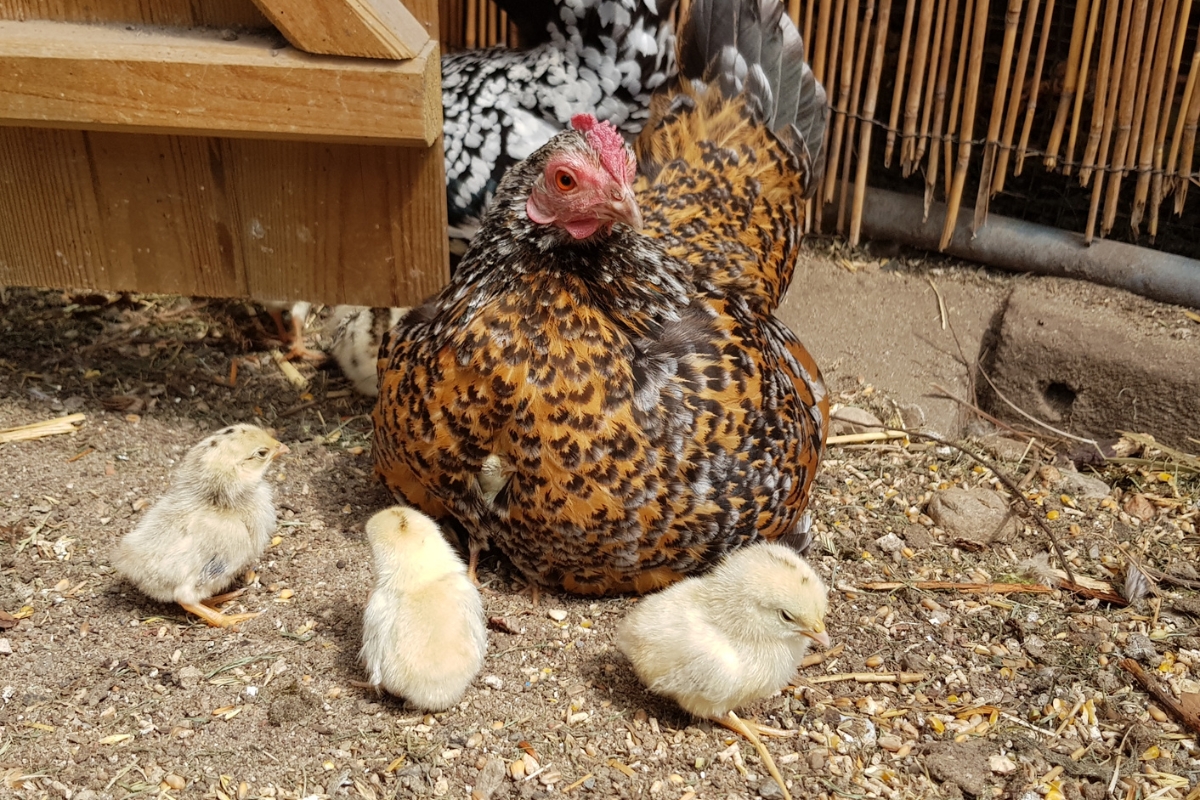
Egg Production
Most ornamental birds don’t make the best egg layers, but the Serama begs to differ. Despite egg laying being off the radar for many breeders, Seramas will produce a surprisingly large number of eggs. They lay about four eggs per week. They actually reach maturity fairly quickly and start laying at around 16 weeks. The mighty Serama hen is able to lay year-round.
Serama hens work hard, but they produce very tiny eggs. Four Serama eggs are the equivalent to one or two regular eggs!
Egg Color
Serama eggs can come in several different colors, from white to medium brown and every shade in between.
Meat
Like all other bantams, Seramas are small. In fact, they’re the smallest breed of chicken that exists. They don’t produce much meat at all. The meat that is harvested from Seramas tends to be very lean.
Broodiness
Seramas tend to be on the broody side of chicken breeds. They are doting mothers that will happily care for their brood, but may not be the best for hatching eggs. Because they are so small, hatching medium to large eggs will be challenging–they might not be able to completely cover and provide enough warmth for proper incubation.
Serama eggs themselves take a shorter time to incubate than other breeds. Depending on the size, it can take 15-20 days, which is slightly less than a large bird (approximately 21 days).

Foraging Ability
Lean and light on their feet, Seramas are excellent foragers. These accomplished hunters will catch flies and bugs all day long. While they tolerate confinement and are great house pets, they love free-roaming and getting to forage, so I recommend letting your Serama have some time out in the grass.
Cross Breeds
Seramas were originally cross-bred with Japanese bantams for their size. There are other cross-breeds for Seramas in development to create additional colors, but since size is one of the greatest draws of a Serama, most breeding is among bantams.
Common Health Issues
Seramas are generally a healthy breed with no particular predisposition to illness. Like other chickens, Seramas should be monitored for mites and parasites regularly, as well as provided with enough water, shelter, and feed.
Many Seramas carry a gene inherited from their Japanese Bantam ancestors, called the short-legged gene. This is lethal for chicks during incubation, as it makes the eggs harder to hatch, but does not affect the quality of life of adult chickens. Chicks that express the short-legged gene can’t right themselves in the egg during hatch and end up dying. There’s not much that can be done about this, unfortunately.
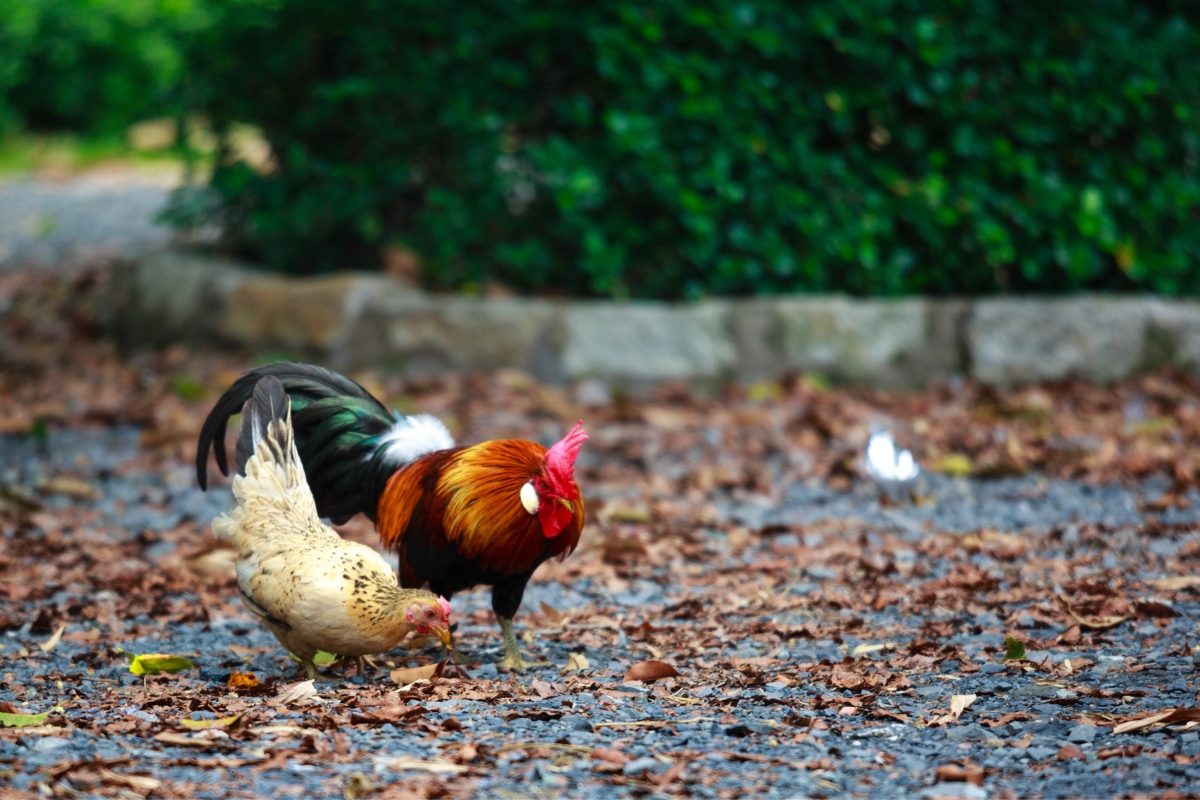
Serama Chicken FAQs
Seramas are one of the most unique breeds out there, and you’ll be happy to add one to your flock (or home!). If you have any more questions about these pint-sized pretties, I am happy to answer them. Glance at the FAQ below if you’re still curious about Seramas.
Are Serama chickens friendly?
Serama chickens are very friendly. They are popular house pets. They are easily handled, confident, and loving towards their owners.
Are Serama chickens good egg layers?
Serama chickens lay four eggs per week, and they are productive egg layers. Their eggs are quite small, so four Serama eggs is equal to one or two medium eggs.
What color egg does a Serama lay?
Serama chickens lay white to medium brown eggs.
Are Serama hens broody?
Serama hens are broody and will happily care for a nest. They are small and might not provide the proper warmth and coverage for a nest with many large eggs.

How big are Serama chickens?
Seramas are the smallest breed of chicken. Most Serama roosters are between 13 oz – 19 oz, and most Serama hens are between 8 and 19 oz.
Are Serama chickens good for meat?
Serama chickens are the smallest breed so they do not produce much meat. The meat from Seramas tastes lean and gamy.
Are Serama chickens autosexing?
Serama chickens are not autosexing. You must wait until they’re a bit older to know the sex.
Are Serama chickens cold hardy?
Serama chickens are not cold hardy. They live best in temperatures above 40 degrees Fahrenheit.
How long do Serama chickens live?
Serama chickens usually live between 7-10 years.
Are Serama chickens easy to raise?
Serama chickens are easy to raise, because they don’t have many health problems. They eat less food than larger breeds. Their small size means that they require less space. Because of their friendly nature, they make great companions and house pets.
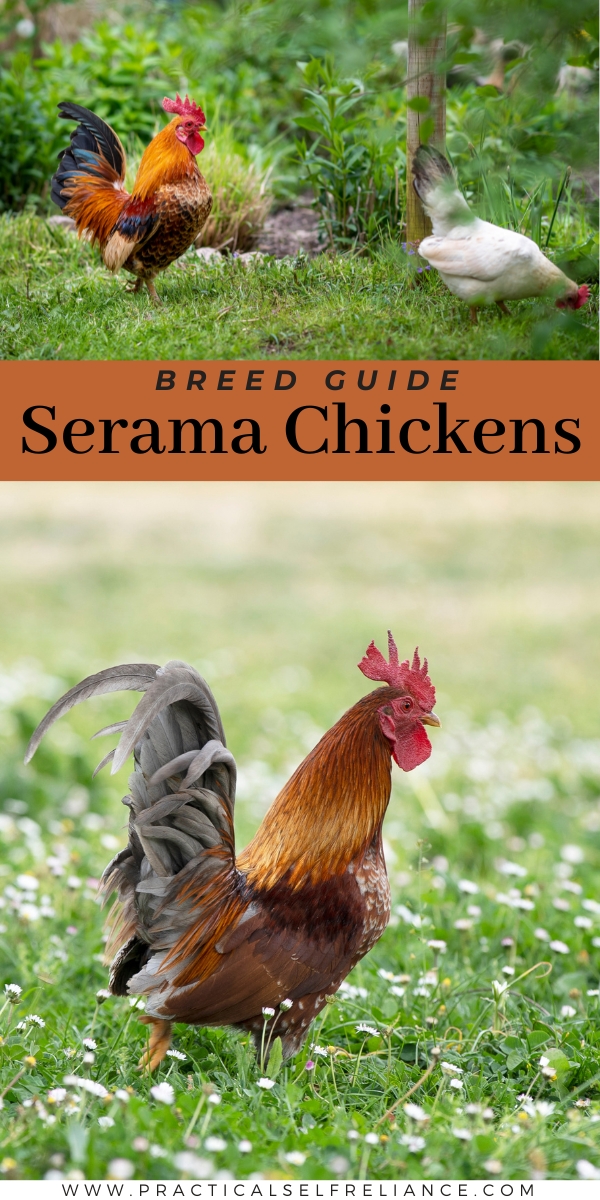

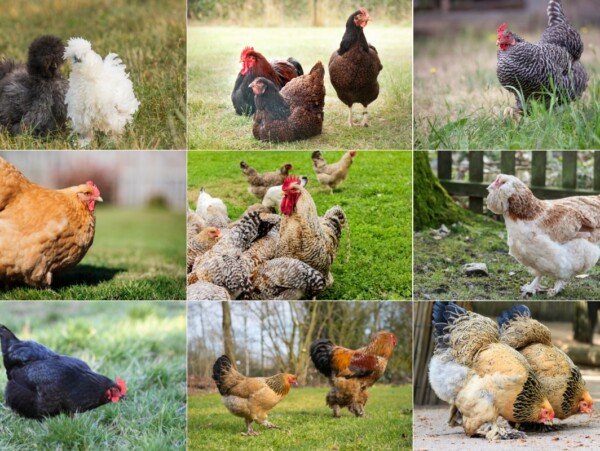
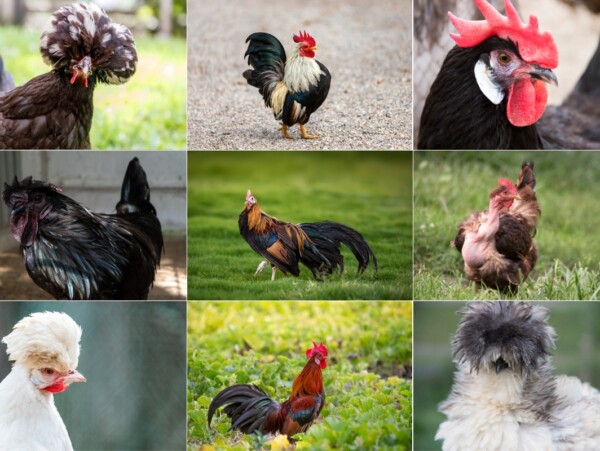
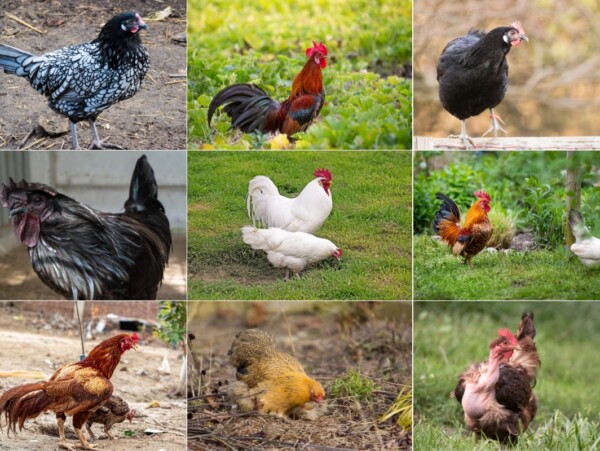
My favourite little Serama Perky was fine yesterday, full of chat. When I went to the coop this morning she was dead! Not a mark on her. She was on the floor, eyes shut. Definitely perching last night. I am so upset. She was only 2. My others are fine. Heart attack? She is always in the house. Could have eaten something?
That’s a tricky one. Sometimes they just have a random heart attack and there’s no real explanation there.
My 7-year-old son got four what we believe to be some air chickens at auction and I was wondering if there was a way I could send you a picture so you could help me see if they are submarines and possibly how old they might be as well as male or female I think there’s two male two female but I don’t know
There are so many cross breeds of chicken, there’s no way I can ID them from a photo. And gender isn’t something I could tell you either. Best of luck with them.